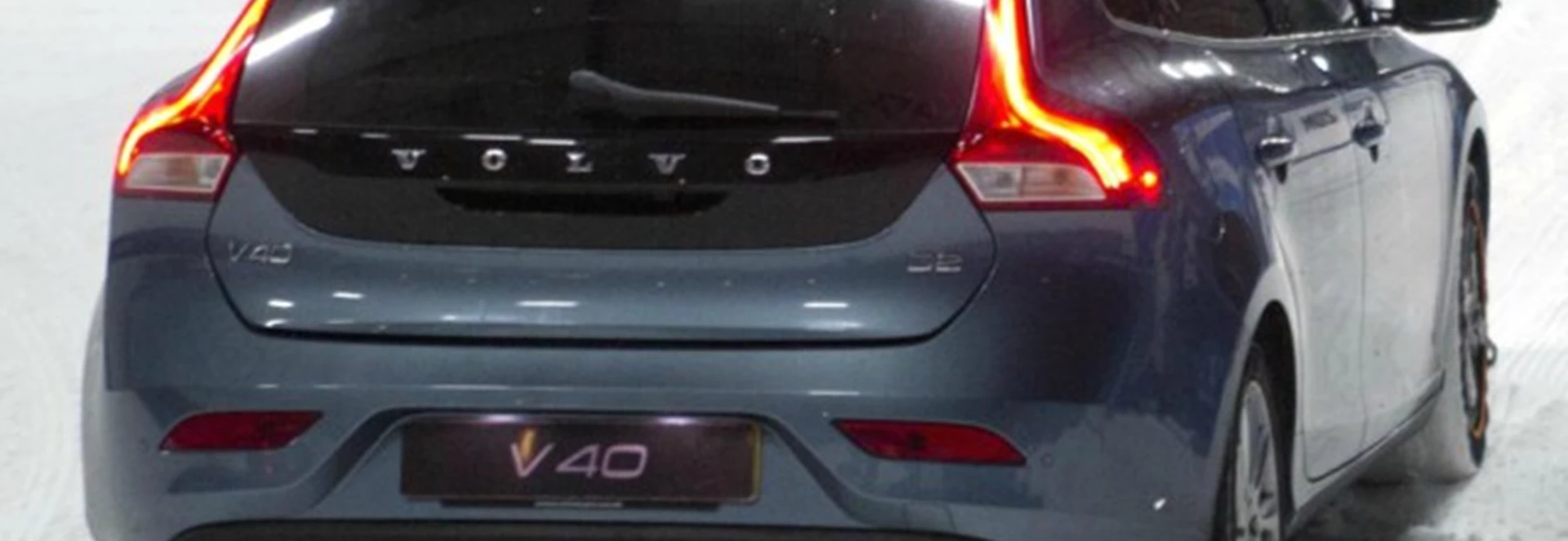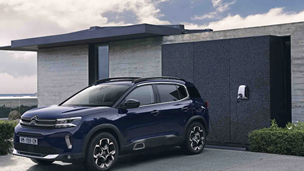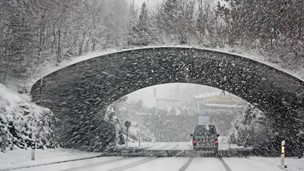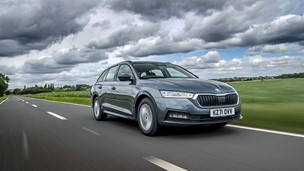During the winter months in Britain, it’s likely that motorists will find themselves driving in icy and snowy conditions on certain days. When that occurs, being prepared and driving in an appropriate manner is what will keep you safe.
In this guide, we offer tips on what you need to know about driving in snow and on different kinds of ice.
Driving in Snow
Preparing to Drive in Snow
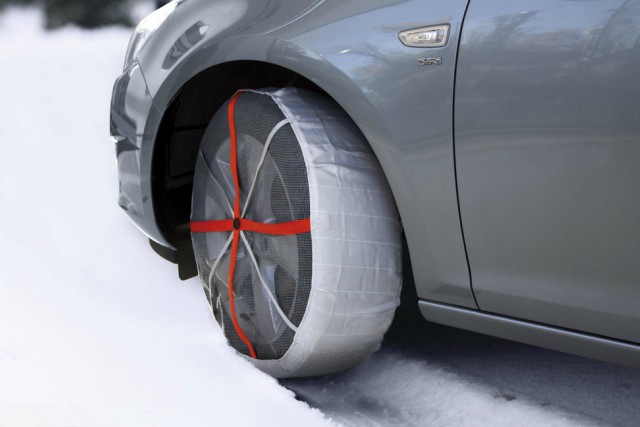
Some preparation before you commence driving in snowy conditions may be necessary to ensure safe travel.
For instance, your car may be covered in snow when you arrive to it so you’ll want to clear this off. That doesn’t mean you must get rid of all of it! Focus on clearing snow from your car’s roof so that none of it will block your windscreen during the journey. Clearing the windscreen, windows and lights is also important.
To get the most grip while driving on snow or other conditions the winter tends to bring, it’s worth considering investing in winter tyres so you can swap them for the summer tyres your car comes fitted with as standard.
For when there’s very thick snow on the road, some snow socks can prove a good investment by providing extra grip while wrapped around your tyres. You could try wrapping your tyres in chains if you or someone else knows how, but we’d only recommend this if you’re sure the snow is thick enough that the chains won’t damage the road.
How to Drive in Snow
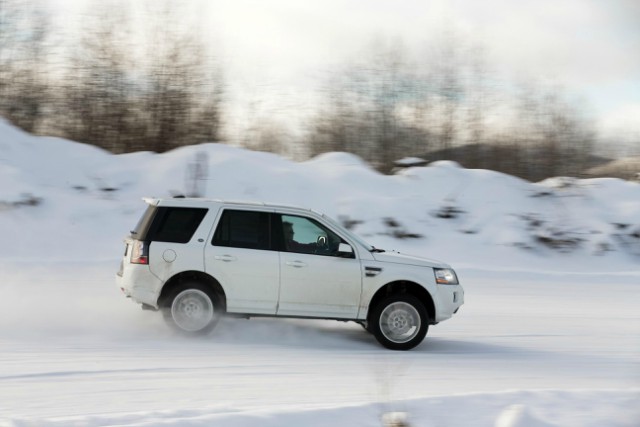
In general when driving in the snow, you’ll be safer if you take a gentle and cautious driving approach. The importance of this can not be stressed enough, considering that stopping distances when driving on snow and ice are increased by ten times compared to driving on normal, dry roads.
So, accelerate gently, make plenty use of low revs, work through the gears as quickly as possible but also keep a sizeable gap between yourself and any cars moving in front. This applies specifically during any uphill sections you may need to go through.
If you’re having trouble moving off, try putting the car in second gear and easing your foot off the clutch as you pull away to avoid wheelspin.
How to Drive in Falling Snow
When driving in falling snow you should put your wipers on to make sure your vision doesn’t get obscured too badly.
Unless it’s dark, you should avoid the temptation to use your full headlights in case you obstruct the vision of other drivers, so just stick to sidelights. Apart from that, your approach to driving should be quite normal.
Driving on Ice
How to Drive on Ice
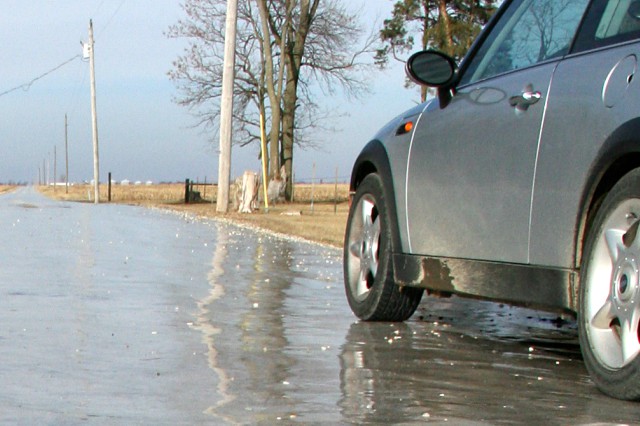
Ice on the road can cause similar problems to snow in that it massively reduces the amount of grip available on the roads.
While you can’t get your car beached on ice like you possibly could with snow, gentle use of the accelerator, brakes and steering is still crucial to avoid potentially sliding into danger.
What about frost?
While frost does not take away as much grip as ice can, it can still make roads treacherous if temperatures are really low and a lot of it covers the road.
Caution with speed and brakes, particularly on tight corners, is strongly recommended to ensure you don’t end up losing the back end of your car.
Black Ice
What is Black Ice?
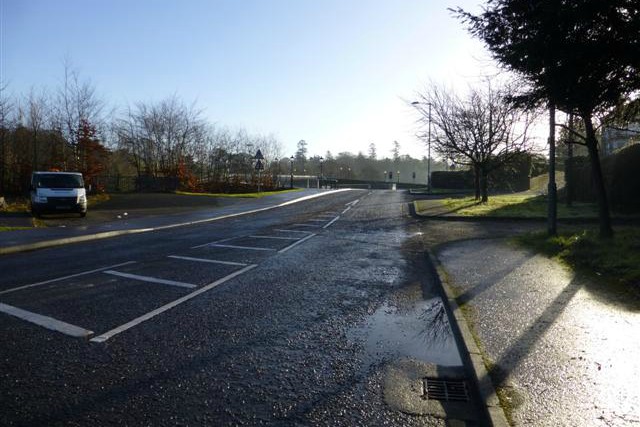
Black ice is the term used to describe a thin transparent coating of ice that can emerge on some road surfaces during the winter months. It is considered to be particularly dangerous because it is harder to spot when driving compared to regular ice.
Since it is likely a similar colour to the road surface, drivers can be deceived by black ice, particularly in the dark, and end up driving over it a lot faster than they would have if they realised the ice was in fact there. Dawn and the late evenings are the time periods where black ice is mostly likely to form.
Driving on Black Ice
Black ice can crop up on pretty much any road when the conditions are cold and wet enough to allow for ice to develop.
For that reason, you’re best taking every straight and corner at a gentle pace to make it easier to spot black ice. Anywhere shaded or tree-covered are particularly likely areas to come across black ice.
When you’re approaching a patch of black ice on the road, a giveaway sign that can be observed is that it will be much shinier than other parts of the road.
If you ever end up driving across black ice, then the best thing to do is lift your foot off the accelerator and keep the steering wheel steady. Avoid using the brakes otherwise they could end up spinning your car out of control. Also, avoid overcorrecting your steering if you feel your car sliding, just try and do as little as possible until you’re over the patch of black ice.
Find prices for new cars at carkeys.co.uk
